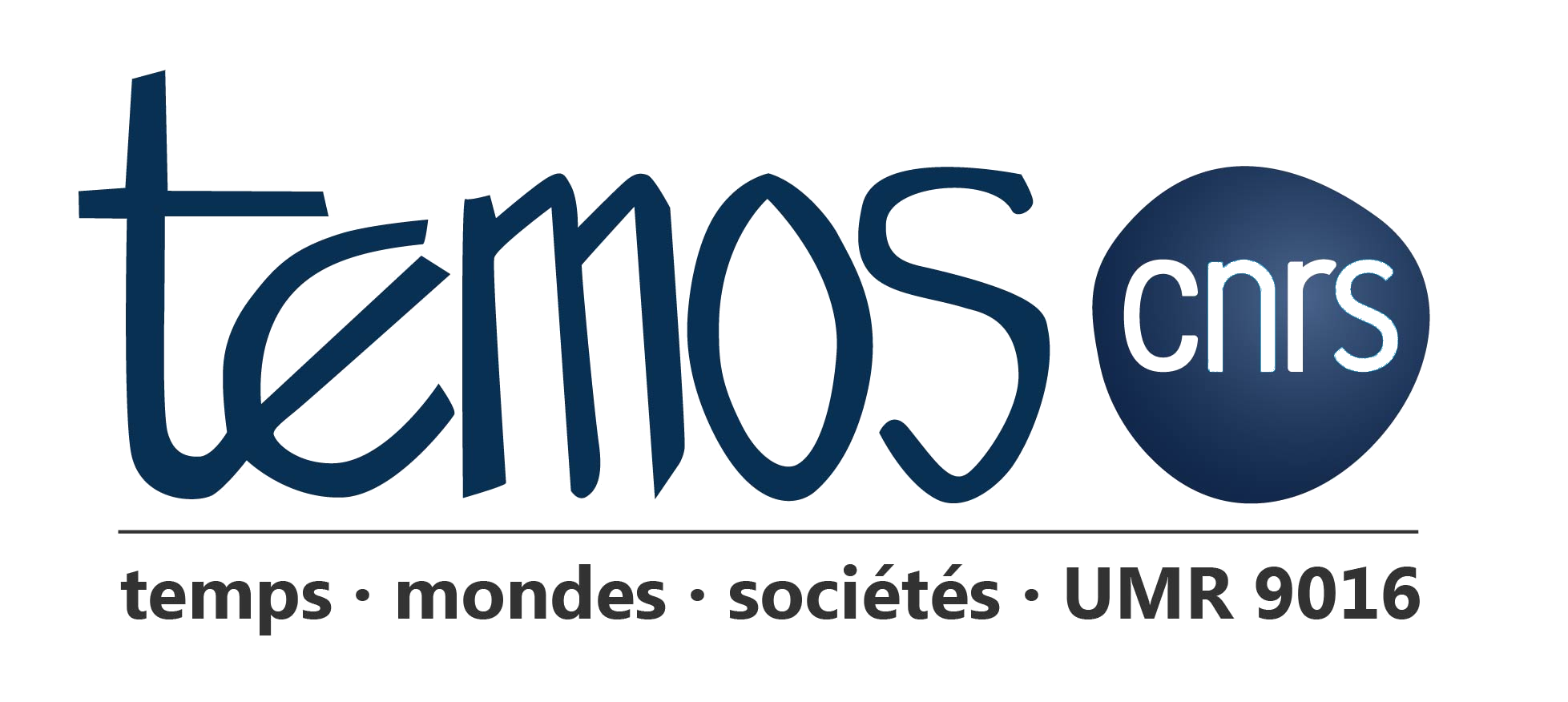"Prehistoric" trepanning: collective and individual construction of a new scientific object
La trépanation « préhistorique » : construction collective et individuelle d’un nouvel objet scientifique
Résumé
1867: E. G. Squier, an American diplomat, found a Peruvian skull in a private collection in Cuzco and brought it to Paul Broca, the famous surgeon and founder of the Société d'Anthropologie de Paris. The skull bore a rectangular opening, and Broca confirmed Squier's intuition that the person had survived the operation - a trepanation.
Six years later, Dr. Barthélémy Prunières and Baron Joseph de Baye discovered skulls with holes and cranial disk in dolmens and hypogeum burials. Anthropologist Paul Broca, once again in demand, makes the connection between these prehistoric osteological remains, Squier's Peruvian skull and trepanation found in so-called "primitive" populations, such as the colonized peoples of the Aurès region, who still practice trepanation.
Using the example of the trepanated skull known as "du Vieillard", found in the Lis[z]ières tumulus in 1881, in the commune of Pamproux (Deux-Sèvres, western France), I propose to analyze the process of construction of anthropological and prehistoric knowledge, whether individual or collective.
En 1867 : E. G. Squier, diplomatique américain trouve un crâne péruvien dans une collection privée à Cuzco et l’amène à Paul Broca, fameux chirurgien et fondateur de la Société d’anthropologie de Paris. Le crâne porte une ouverture rectangulaire et Broca confirme l’intuition de Squier : la personne a survécu à l’opération, c’est une trépanation.
Six ans plus tard, le docteur Barthélémy Prunières puis le baron Joseph de Baye découvrent dans des dolmens et des sépultures hypogées, des crânes troués et de volets crâniens. L’anthropologue Paul Broca, à nouveau sollicité, fait le lien entre ces restes ostéologiques préhistoriques, le crâne péruvien de Squier et la trépanation constatée chez des populations dites « primitives", comme les populations colonisées des Aurès qui pratiquent encore la trépanation.
À travers un exemple, celui du crâne trépané dit « du Vieillard » trouvé dans le tumulus des Lis[z]ières, sur la commune de Pamproux (Deux-Sèvres, Ouest de la France), je me propose d'analyser le processus de construction du savoir anthropologique et préhistorique qu'il soit individuel ou collectif.
Domaines
Sciences de l'Homme et Société
Fichier principal
 Texte présentation 13 juin bis 2024.pdf (200.71 Ko)
Télécharger le fichier
Présentation Lorient juin 2024.pdf (1.52 Mo)
Télécharger le fichier
Texte présentation 13 juin bis 2024.pdf (200.71 Ko)
Télécharger le fichier
Présentation Lorient juin 2024.pdf (1.52 Mo)
Télécharger le fichier
| Origine | Fichiers produits par l'(les) auteur(s) |
|---|---|
| licence |
| Origine | Fichiers produits par l'(les) auteur(s) |
|---|---|
| licence |




